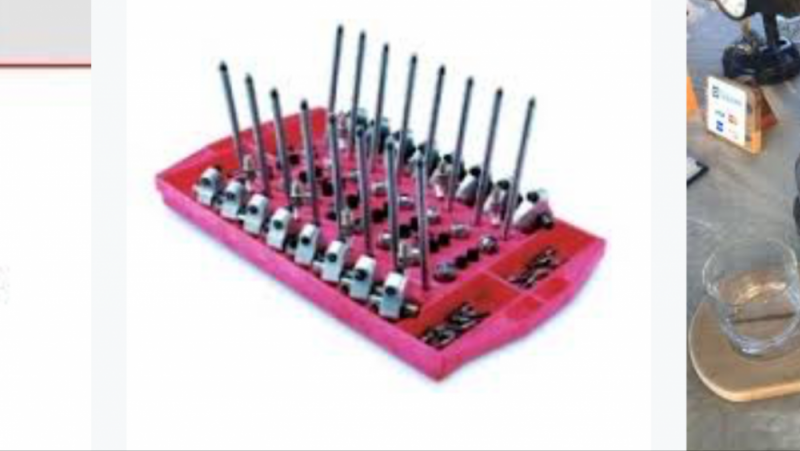High compression of the IDI diesels is so they start in cold weather with the low pressure "primitive" injection systems. The Precup and chamber take a lot of the heat away so compression was increased to make up for it. Lower compression means white smoke and misfire while the engine coughs to life on a cold morning.
You are building stock so there is no reason to mess with it. However by the stamps on the connecting rods indicating a rebuild you do need to check and see if the block was decked and actually requires the thicker head gasket. Did the old gasket have any part numbers on it to make it easy to track down?
You are building stock so there is no reason to mess with it. However by the stamps on the connecting rods indicating a rebuild you do need to check and see if the block was decked and actually requires the thicker head gasket. Did the old gasket have any part numbers on it to make it easy to track down?

